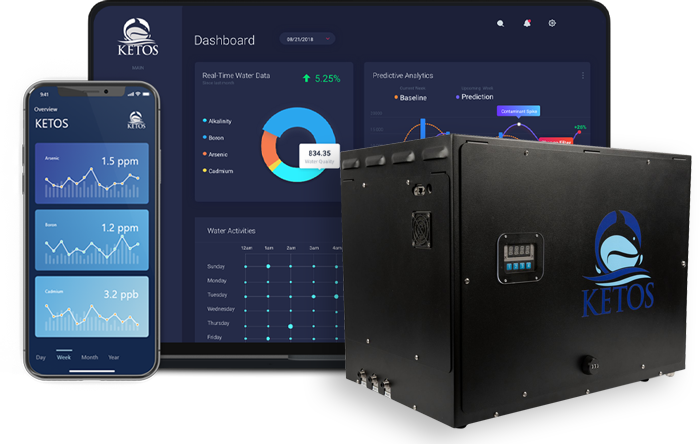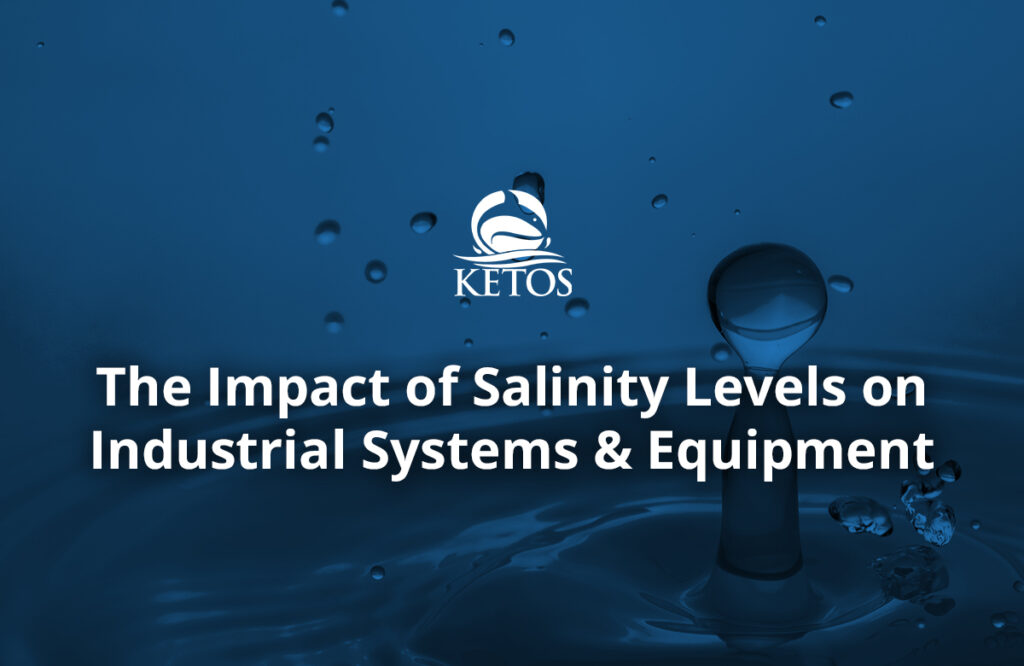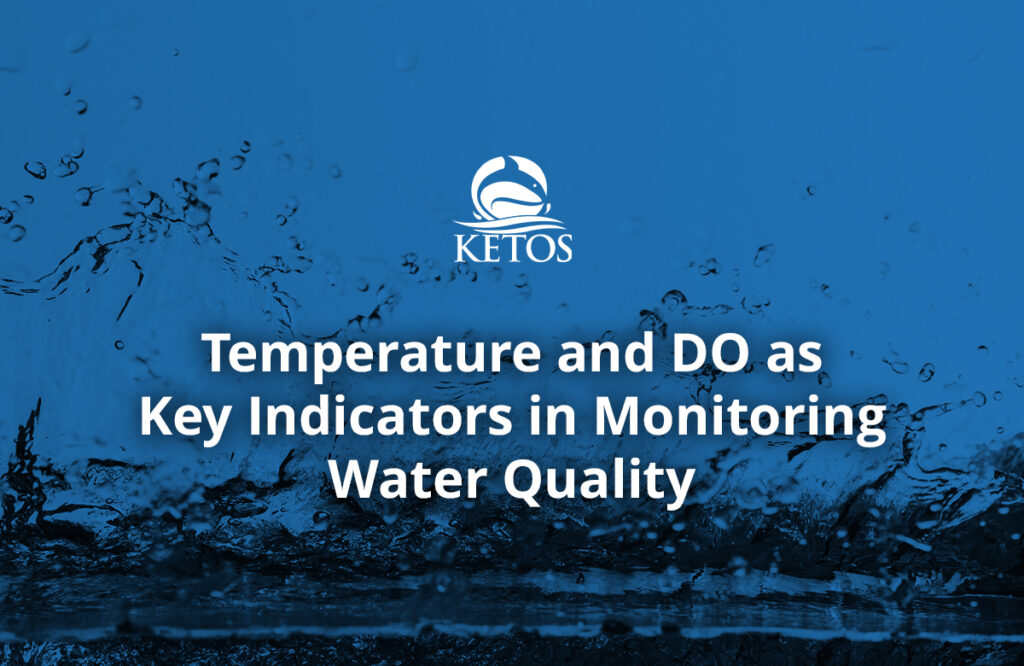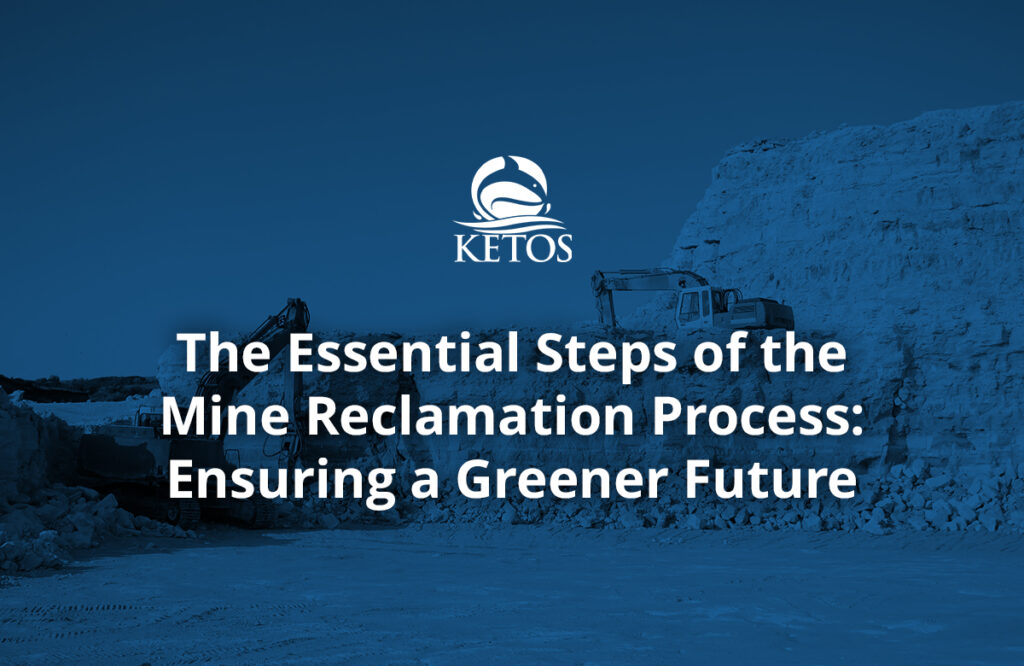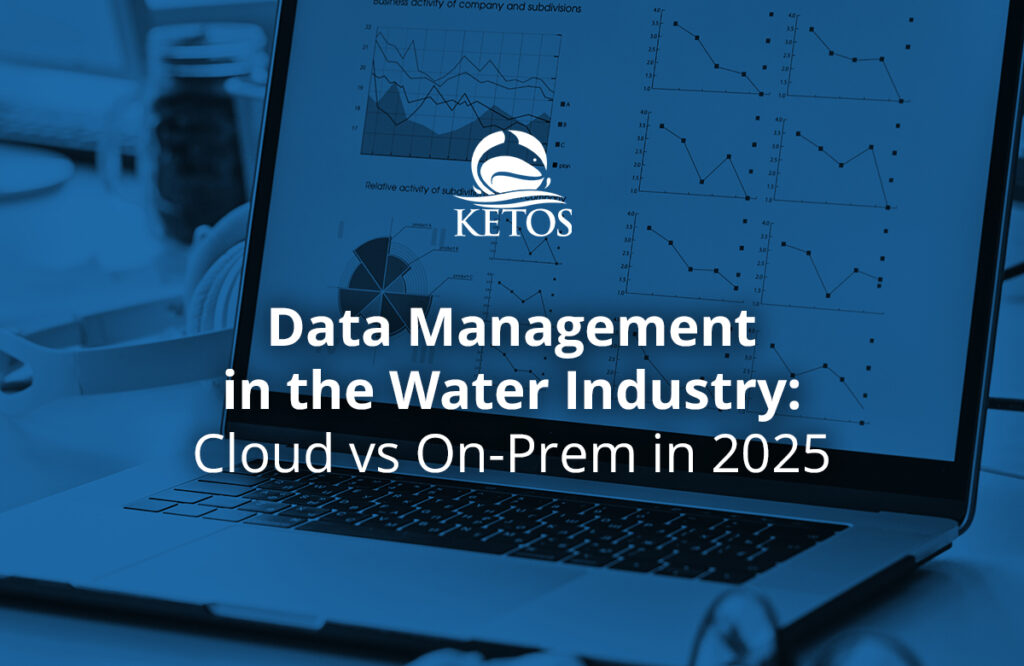Water quality management is critical for ensuring environmental sustainability and public health. Waterborne refuse, comprising pollutants such as plastics, chemicals, and organic waste, continues to challenge ecosystems and human communities. With the increasing complexity of contamination, leveraging technologies like IoT-based smart water management systems and advanced wastewater treatment equipment has become essential for addressing these challenges effectively.
Understanding Waterborne Refuse
Waterborne refuse refers to any waste material carried by water bodies, ranging from industrial chemicals and agricultural runoff to urban sewage and plastic debris. These pollutants compromise water quality, disrupt ecosystems, and often render water unfit for consumption or recreational use.
The sources of waterborne refuse are diverse:
- Agricultural runoff: Nutrients from fertilizers and pesticides flow into water bodies, leading to eutrophication and harmful algal blooms.
- Industrial discharges: Factories release untreated effluent containing heavy metals and toxic chemicals.
- Urban wastewater: Sewage and stormwater runoff carry pathogens, microplastics, and chemicals into rivers and lakes.
Each of these sources contributes to the growing burden on global water systems, making sustainable management practices a pressing necessity.
Challenges in Maintaining Water Quality
Waterborne refuse significantly affects water quality, ecosystems, public health, and economies. These challenges arise from various sources and require a combination of preventive measures and advanced solutions to be addressed effectively. The table below summarizes the major impacts, sources, and solutions for water pollution:
| Aspect | Description | Examples |
| Impact on Water Quality | Pollution disrupts aquatic ecosystems, endangers public health, and imposes economic burdens. |
|
| Sources of Pollution | Pollutants originate from human activities, including agricultural runoff, industrial discharges, and waste mismanagement. |
|
| Preventive Measures | Strategies focus on reducing pollution, treating water effectively, and enforcing regulations. |
|
Aging infrastructure and insufficient wastewater treatment systems exacerbate these issues, as many cannot handle modern contaminants like microplastics and PFAS. Additionally, transboundary pollution spreads contamination across regions, complicating regulation and management. Advanced technologies like IoT-based monitoring and predictive analytics are essential for overcoming these challenges and ensuring sustainable water management practices.
Smart Water Management Using IoT
IoT (Internet of Things) technology has transformed water quality monitoring by offering real-time insights and predictive capabilities. Smart water management systems like the KETOS platform enable water operators to monitor multiple parameters autonomously, ensuring prompt action in case of contamination. These systems combine sensors, cloud connectivity, and machine learning to deliver unparalleled accuracy and efficiency.
How IoT-Based Water Management Works:
- Sensors deployed in water systems continuously measure parameters such as pH, dissolved oxygen, and heavy metals.
- Data is transmitted to a cloud-based platform for aggregation and analysis.
- Predictive algorithms identify trends and potential anomalies, enabling proactive responses.
The benefits of IoT-enabled water management include:
| Feature | Benefit |
| Real-Time Monitoring | Provides instant updates, reducing delays in detecting and addressing issues. |
| Predictive Analytics | Anticipates system failures or contamination events, minimizing risks. |
| Remote Access | Allows operators to monitor water quality from anywhere, enhancing efficiency. |
By integrating IoT technology into water management practices, industries and municipalities can achieve higher standards of water quality while reducing operational costs.
Advanced Wastewater Treatment Equipment
Wastewater treatment equipment is essential for mitigating the impact of waterborne refuse and ensuring compliance with environmental standards. Modern solutions like the KETOS SHIELD combine real-time monitoring, automation, and seamless integration to handle contaminants like heavy metals, nitrates, microplastics, and PFAS.
Core Features of Modern Wastewater Treatment Equipment:
- Real-time monitoring of over 30 water quality parameters, providing instant insights.
- Automated alerts and detailed reports for timely action and compliance assurance.
- Low maintenance requirements with no frequent recalibration or cleaning.
- Scalable design suitable for industrial, agricultural, and municipal applications.
These systems improve efficiency by automating manual tasks, optimizing resource use, and reducing waste. IoT and predictive analytics enhance their capability, allowing proactive management of potential issues. Adopting modern equipment like the KETOS SHIELD ensures regulatory compliance while supporting sustainability goals and protecting vital water resources.
Transforming Water Management with KETOS
KETOS is transforming water quality management by delivering innovative solutions that combine IoT technology, predictive analytics, and a user-friendly platform. Designed to address the unique needs of various industries, KETOS empowers organizations to optimize water use, ensure regulatory compliance, and achieve sustainability goals.
Key benefits across industries include:
- Enhances irrigation efficiency in agriculture, reducing water waste and improving crop yields and quality.
- Monitors influent and effluent quality in industrial manufacturing, reducing environmental risks and ensuring compliance.
- Provides municipalities with real-time data to track heavy metals and pathogens, protecting public health and water resources.
- Supports food and beverage producers in maintaining water safety, reducing rejected batches, and meeting stringent regulations.
- Optimizes water usage in energy and utilities by monitoring cooling systems and wastewater discharge, reducing operational risks.
KETOS’s platform also stands out for its cutting-edge features:
- 24/7 remote monitoring with unlimited testing frequency for continuous water quality insights.
- Predictive analytics to identify and address potential issues before they escalate, minimizing downtime and costs.
- Seamless integration with existing SCADA systems, public data sources, and other infrastructure for easy adoption.
- Customizable reporting for tailored insights that meet specific operational requirements.
- A $0 CAPEX model, eliminating upfront costs and including maintenance, consumables, and unlimited testing in an annual service fee.
The KETOS SHIELD, a cornerstone of the platform, delivers lab-accurate water quality testing across 30+ parameters, leveraging IoT connectivity to enable data-driven decisions. From agriculture to industrial manufacturing and beyond, KETOS solutions are designed to meet the evolving demands of water quality management.
Discover how KETOS can transform your water management practices with innovative solutions tailored to your industry. Contact us and request a demo to take the first step toward smarter, more sustainable water quality management.
